When most people hear the name Teresa Heinz Kerry, they might think first of politics, perhaps as the wife of former Secretary of State John Kerry, or a familiar presence during presidential campaigns. But reducing her to a political plus-one misses the extraordinary depth of her personal story—and the staggering financial influence she commands. In 2025, Teresa Heinz Kerry’s estimated net worth stands at $750 million, a figure that represents not just inherited fortune but decades of deliberate stewardship, high-impact philanthropy, and mission-driven investments.
Far from fading into the background, Heinz Kerry has quietly reshaped what it means to wield wealth with purpose. As the longtime steward of the Heinz endowments and a vocal advocate for environmental justice and public health, she has turned inherited assets into lasting influence. Her story, spanning continents, political eras, and philanthropic revolutions, deserves more than a footnote.
This isn’t just another net worth profile. It’s a deeper look at how legacy, loss, strategy, and values converged to shape one of America’s most fascinating and quietly powerful heiresses—and how her financial story continues to evolve today.
An Heiress by Birth: The Heinz Family Legacy and Early Wealth Foundation
Long before she became a household name in American political circles, Teresa Heinz Kerry was shaped by a transatlantic legacy that blended nobility, intellect, and industry. Born in Mozambique to Portuguese parents, Teresa Simões-Ferreira was raised with old-world sensibilities and a cosmopolitan education. But her life—and financial trajectory—took a pivotal turn in 1966 when she married John Heinz, heir to the H.J. Heinz Company, one of America’s most iconic food brands.
The Heinz name wasn’t just famous—it was formidable. Founded in the late 1800s in Pittsburgh, the company became a global empire, built on innovation, trust, and a humble bottle of ketchup. By the time Teresa joined the family, it was a multibillion-dollar institution, and the Heinz family’s wealth was managed through a complex web of private trusts, stock holdings, and philanthropic foundations.
Tragedy struck in 1991 when Senator John Heinz died in a plane crash. Teresa, widowed and raising three sons, suddenly became the steward of a vast inheritance. But this wasn’t just a handover of assets—it marked the beginning of a new chapter. She took control of an estimated $500 million in trusts and family wealth, much of it earmarked for charitable giving through the Heinz Endowments.
What she inherited wasn’t just money—it was responsibility, visibility, and a legacy. And rather than retreat into private life, Teresa stepped into that legacy with both intellect and intent, beginning a decades-long journey of redefining what it means to be an heiress with a mission.
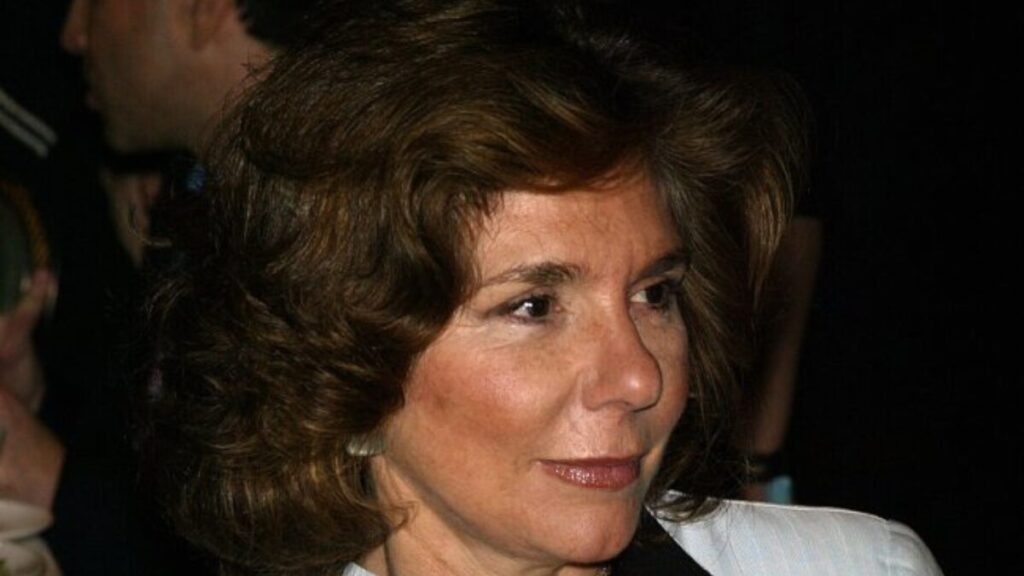
Smart Stewardship: How Teresa Turned Inherited Wealth Into an Influence Empire
Inheriting wealth is one thing—knowing what to do with it is another. Teresa Heinz Kerry didn’t just preserve the Heinz fortune; she repurposed it for long-term societal influence. Following her husband’s death, she assumed leadership of the Heinz Family Philanthropies and the Heinz Endowments, two powerful vehicles for social change with assets in the hundreds of millions. What followed wasn’t passive trust fund management, but a calculated and deeply personal reinvestment in causes that aligned with her worldview.
Under Teresa’s stewardship, the endowments expanded their focus beyond traditional giving. She pushed for early funding in climate resilience, urban redevelopment, and environmental health, especially around underserved communities in Pittsburgh. In the early 2000s, she famously championed the BREATHE Project, a regional initiative to fight air pollution, long before environmental justice became a mainstream concern.
She also helped direct Heinz’s philanthropy toward women’s economic security, education access, and bipartisan environmental policy advocacy, often appearing at forums and panels to speak not just as a donor but as a strategic leader. Her influence extended into boardrooms and policy discussions, where she used capital not as leverage, but as an invitation to collaborate.
“Philanthropy must be transformative,” she once said. “If it’s just about charity, we’re missing the point.”
Through disciplined, values-driven stewardship, Teresa Heinz Kerry didn’t just protect her fortune—she turned it into a tool for influence, earning her a rare place at the intersection of capital, conscience, and change.
Also See: Top 50 Richest Democrats in the World
Business-Minded Philanthropy: Blurring the Line Between Mission and Money
For Teresa Heinz Kerry, giving has never been about handouts—it’s about creating long-term systems change. Long before “impact investing” became a buzzword, she was channeling funds into ventures that sat at the crossroads of profit and purpose. Her approach blends philanthropy with business strategy, using the mechanics of capital markets to tackle deep-rooted social and environmental issues.
A prime example: her support for climate finance initiatives that seed innovation in green infrastructure. Rather than simply donating to environmental causes, she has backed scalable projects and funds that yield measurable returns—both financial and ecological. Through the Heinz Endowments, she also championed ESG (Environmental, Social, Governance) principles, guiding investment portfolios toward companies with ethical and sustainable practices.
This businesslike rigor extends to her work in health equity, especially in regions facing industrial pollution. Her funding didn’t just create clinics or awareness campaigns—it spurred data-driven studies and policy blueprints that influenced national conversations on public health.
This isn’t charity in the traditional sense. It’s venture philanthropy, where strategic bets are placed on ideas with long-term ROI for both communities and the world. Teresa Heinz Kerry exemplifies a new model of influence: one where visionaries think like investors but act with empathy.
Political Partnerships, Power Dynamics, and Public Perception
Teresa Heinz Kerry’s second act—her marriage to Senator and eventual Secretary of State John Kerry in 1995—catapulted her from elite philanthropist to political insider. But with that visibility came new scrutiny. Suddenly, her wealth, accent, and outspoken views were filtered through a partisan lens. Some saw her as a formidable intellectual force; others tried to cast her as eccentric or aloof. The reality was far more nuanced.
While she never chased the spotlight, Teresa was no silent partner. She shaped messaging on climate, health, and women’s issues behind the scenes during Kerry’s 2004 presidential run, all while continuing to guide the Heinz foundations with quiet authority. Her influence wasn’t performative—it was strategic. She funded voter education efforts, supported bipartisan environmental coalitions, and remained a staunch advocate for social equity, even when those stances clashed with mainstream political narratives.
Behind closed doors, she was respected for her clarity and conviction. In public, she navigated a tightrope: fiercely independent, yet always tied to her husband’s political identity. That dual role—public figure and private force—cemented her as one of the more enigmatic players in elite philanthropy and politics.
Her wealth may have opened doors, but it was her voice, used judiciously, that kept her influence intact.
The Numbers in 2025: Breaking Down Teresa Heinz Kerry’s Net Worth
As of 2025, Teresa Heinz Kerry’s estimated net worth hovers around $750 million, according to conservative evaluations from Celebrity Net Worth and philanthropic financial disclosures. But putting a firm number on her fortune isn’t straightforward. Like many legacy billionaires, much of her wealth is wrapped in privately held trusts, endowments, and non-liquid assets, making precise valuation a complex, almost interpretive process.
At the core of her financial foundation are the Heinz family trusts, established long before she married into the dynasty. These trusts—believed to hold hundreds of millions in diversified investments—are closely managed and largely private. Public estimates suggest she retains personal access to at least $400–500 million in direct or discretionary wealth.
Another significant portion is tied up in her leadership of the Heinz Endowments, which manages over $1.5 billion in assets across various funds. While these aren’t “her” funds in the conventional sense, her influence over their distribution and long-term vision is substantial—and, in some circles, that authority is viewed as a kind of philanthropic capital.
Add to this a likely portfolio of private equity stakes, green investment funds, and real estate holdings, and it becomes clear that her fortune is less a static sum and more an evolving ecosystem.
What’s notable isn’t just the size of the pie—it’s how it’s sliced, managed, and mobilized. Teresa Heinz Kerry’s net worth is impressive, yes—but what makes it extraordinary is the degree to which it’s been turned outward, toward impact.
Also See: Top 50 Richest Politicians in the World
A Legacy of Giving: Why Philanthropy Is the Cornerstone of Her Identity
For Teresa Heinz Kerry, wealth has never been the destination—it’s been the vehicle. To her, money is most meaningful when it’s in motion: funding ideas, empowering communities, and addressing inequities that persist across generations. “We’re stewards, not owners,” she once said in a public forum—a belief that’s guided decades of philanthropic decision-making.
Through the Heinz Endowments and Heinz Family Philanthropies, she has directed hundreds of millions toward causes that often receive too little attention: clean air initiatives in polluted post-industrial towns, community arts programs, and health disparities linked to environmental exposure. In Pittsburgh alone, her efforts have transformed urban neighborhoods through investment in education, green infrastructure, and civic innovation.
She’s also played a critical role in advancing environmental justice long before it became part of the mainstream policy lexicon. The BREATHE Project, for example, continues to drive policy and data transparency around air quality in the region—something she described as “non-negotiable when it comes to human dignity.”
Teresa’s giving isn’t performative; it’s strategic, grounded in research, and deeply personal. Her legacy isn’t measured solely in dollars spent but in systems changed—and in the voices elevated by the resources she chose to share.
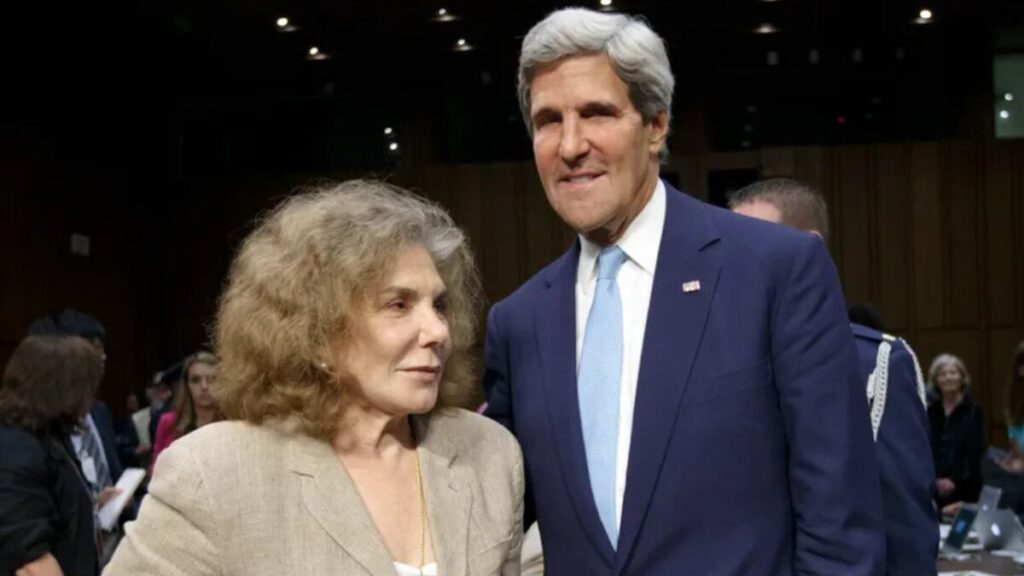
How Teresa Heinz Kerry Stacks Up Against Fellow Heiresses and Philanthropists
While Teresa Heinz Kerry’s estimated $750 million net worth places her well within the ranks of America’s wealthiest women, her financial footprint differs notably from peers like Melinda Gates (approx. $13 billion), Laurene Powell Jobs (approx. $10 billion), or Abigail Disney (under $110 million but highly vocal in wealth redistribution). Unlike these more visible figures, Teresa’s approach has been largely low-profile and regionally focused, even as its impact has been nationally relevant.
Where Gates and Powell Jobs have built global philanthropic brands with sprawling foundations and media coverage, Heinz Kerry has leaned into place-based philanthropy, especially in Pittsburgh and across Pennsylvania. Her giving has emphasized environmental health, civic renewal, and equitable education access, often funding smaller, deeply embedded community organizations over large-scale global ventures.
Moreover, while figures like Disney are outspoken critics of wealth accumulation, Teresa opts for measured influence, letting data, results, and local leaders speak for the outcomes she funds. Her style is less about visibility, more about sustainable systems change.
In the landscape of billionaire philanthropists, she may not be the loudest voice, but she remains one of the most strategically grounded, quietly proving that big change doesn’t always require a global stage.
What Teresa Heinz Kerry Taught Me About Quiet Power and Purpose
I didn’t expect to be moved by a quote tucked away in an old Heinz Endowments report—but there it was. Teresa Heinz Kerry had written, “True power is not in what you own, but in what you enable.” It stopped me cold. In a world obsessed with billionaires and branding, here was someone who had inherited enormous wealth—and chosen not to center herself in it.
I started reading more. Listening to archived speeches. Talking to people in Pittsburgh who’d worked on her funded projects. Over and over, I heard the same thing: she shows up, she listens, and she trusts local expertise. She doesn’t chase headlines. She builds platforms for others to lead.
It made me rethink what influence looks like, especially for women in elite spaces. Teresa never tried to dominate conversations—she shaped them from the edges, often making room for voices no one else was amplifying. That’s a kind of power we don’t talk about enough.
Her story reminded me that legacy isn’t about having the last word. It’s about leaving space for better words to be spoken after you.
In a culture of loud ambition, Teresa Heinz Kerry has quietly—and purposefully—become one of the most impactful figures I’ve ever studied.
More Than the Money — Teresa Heinz Kerry’s Net Worth as a Measure of Impact
At a glance, Teresa Heinz Kerry’s net worth—estimated at $750 million in 2025—places her among the country’s wealthiest women. But to focus solely on the figure is to miss the real story. Her legacy isn’t defined by the size of her fortune, but by the force of her conviction in how that fortune should be used.
What stands out most isn’t just what she inherited, but how she redirected it. From elevating environmental health in overlooked communities to funding groundbreaking research and quietly reshaping philanthropic strategy, Teresa has modeled a rare kind of influence—purpose-driven, principled, and deeply personal.
She never tried to be the loudest voice in the room. Instead, she asked better questions, funded bolder ideas, and built platforms for others to lead. Her financial story is a story of trust: in people, in progress, and the power of money as a means, not an end.
As she once reflected, “Wealth, if hoarded, loses its soul. But shared, it multiplies its meaning.”
In the end, Teresa Heinz Kerry’s greatest asset isn’t what she has. It’s what she’s chosen to give away—and what she’s helped the world build in return.
Nishant is a digital strategist and celebrity finance analyst with over 15 years of experience in SEO-driven content. As Founder of TheNetWorths.com, he creates high-authority profiles on wealth, branding, and cultural influence.

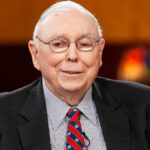







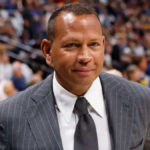





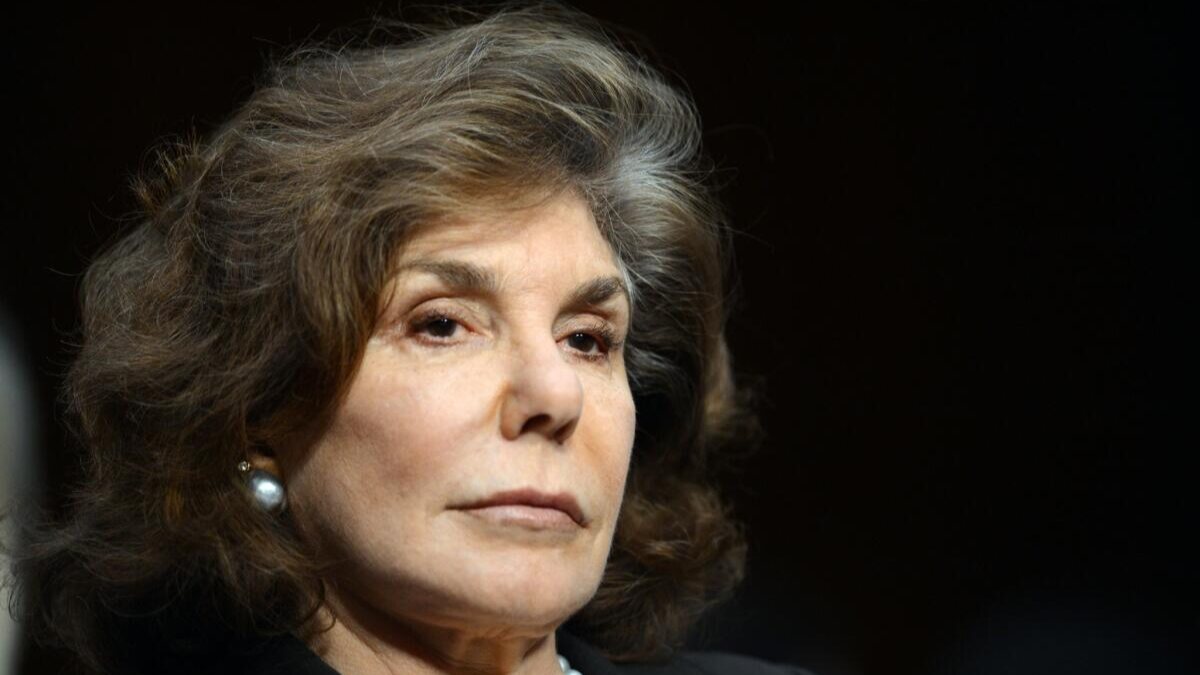
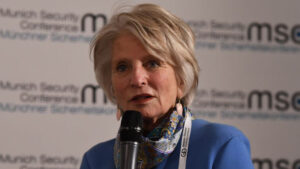
1 thought on “Teresa Heinz Kerry Net Worth 2025: How the Heinz Heir Built a $750 Million Philanthropic Empire”